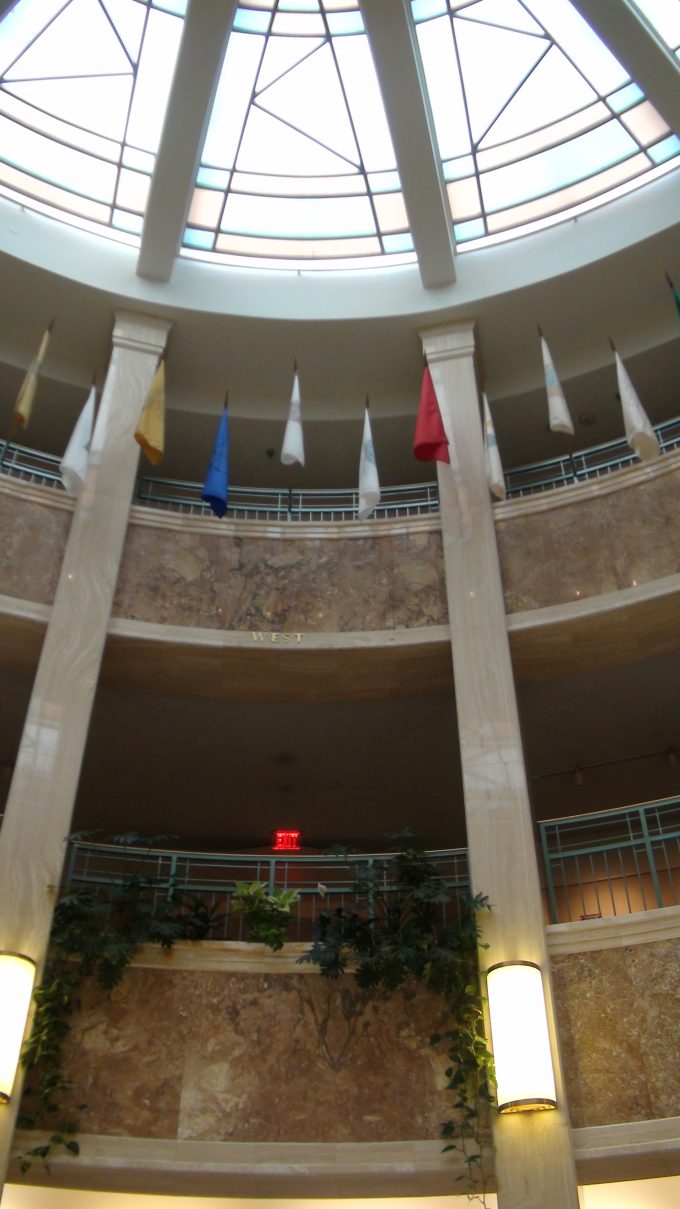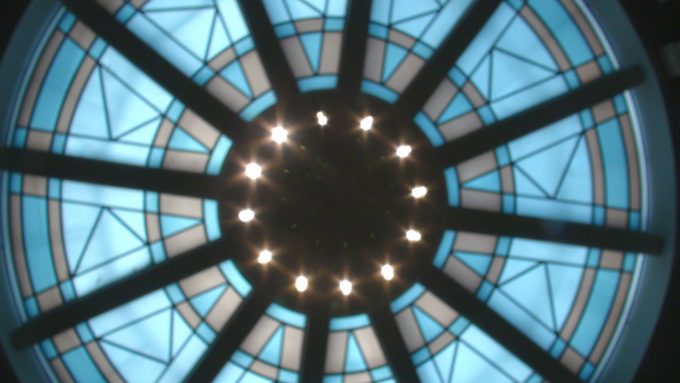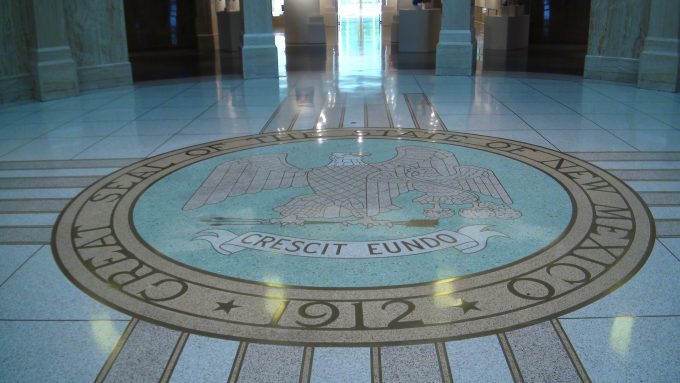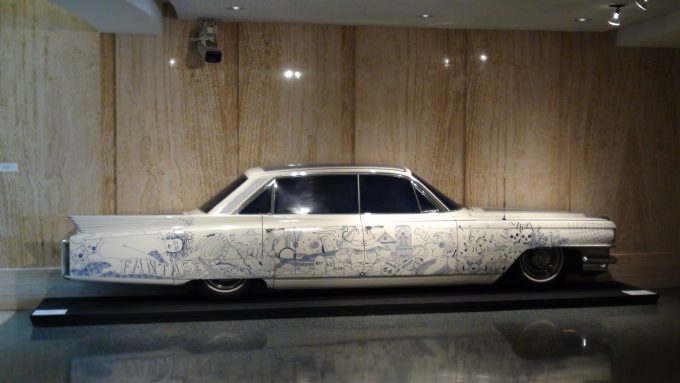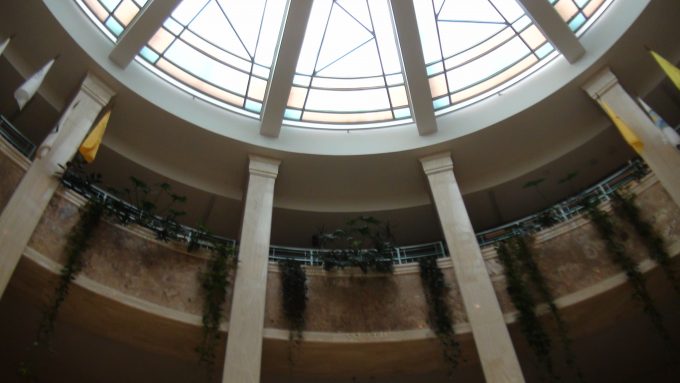
Saturday, 29 December 2018
It was symbolic for the present time in which both gifts and sacrifices are offered which cannot make him who performed the service perfect in regard to the conscience— Hebrews 9:9
These words are referring to the sacrifices that were still being conducted at the temple in Jerusalem. If you read it in other translations, you’ll see how various translators choose to state it. Some put it in the tense of “was” and “are;” others choose “is” and “were;” while others choose both verbs to be present tense. Translators choose to decide such things based on what they already believe concerning the 1) date of the original letter, or 2) if the letter was written to Christians in general or to first century Jewish believers in Christ, or 3) that the words are set from the eternal perspective of Scripture where what is stated, even if accomplished, continues on as if in the present tense.
The NKJV is most surely correct because it places the tenses as “was” and “are.” “Was” refers to the state of the sacrifices from their inception, even to the time of the letter. “Are” indicates these sacrifices were ongoing at the time of the letter (the temple had not yet been destroyed), but also because of the eternal perspective of Scripture.
And though the letter was certainly written to first-century Jewish believers, it also will apply to those Jews who will be alive when the temple in Jerusalem is rebuilt. Should they return to these rites and rituals? The author would emphatically tell them, “No.”
Understanding these things, he says, “It was symbolic for the present time.” Here, the word translated as “symbolic” is parabole. It is the same word translated as “parable” in the gospels. The author is saying that the things of the Old Covenant – such as the layout, structure, and materials of the sanctuary, all of the rites associated with that sanctuary, and even the days associated with those rites (such as the Day of Atonement) were teaching aids and living lessons which only figuratively pointed to what Christ would do.
He was writing to a Hebrew audience that had heard of Christ, but which was dealing with the decision of whether they should continue to adhere to temple rituals as well as following Christ. Did they need to make offerings for sin at the temple as prescribed by law? Again, the answer would be, “No.” He then continues by saying of the offerings, “in which both gifts and sacrifices are offered.” The words, “in which,” are referring to those things which are symbolic. A better rendering would be, “according to which.” As noted, the present tense is correct. The temple still stood, and there were Jews who were confused about what to do concerning making gifts and offerings in order to be right with God. And what does he continue saying about those offerings? That they “cannot make him who performed the service perfect in regard to the conscience.”
The words, “him who performed the service,” are speaking of the person coming with his offering, not the priest. The person who takes such a gift or offering to the temple is performing a service in hopes of cleansing his conscience. However, it is not possible that this could happen. The reason why is because as soon as he turned around and walked away from the offering which was intended to cleanse, he might sin again in some way, even before he stepped outside the temple area. If he was honest, he would go get another animal and hurry back to the priest to have the sin corrected. Such a stream of sacrifices would, literally, be never-ending. Unless there was a one-time for all-time Sacrifice, no person would ever dare to leave the area around the temple. Sin in man is that deeply entrenched. The very thoughts in his head are vile and require atonement.
The author will continue with this thought in the next verse, and then he will contrast what is stated here by showing the infinitely superior work of Christ, and its effect for the believer under the New Covenant.
Life application: It’s important to study and understand where translators have done a poor job and why. As the memo in the preface to the original 1611 King James Version says, a “variety of Translations is profitable for the finding out of the sense of the Scriptures.” The reason is, “They that are wise, had rather have their judgments at liberty in differences of readings, than to be captivated to one, when it may be the other.” In other words, if someone sticks dogmatically to a single translation he is unwise. Translators are fallible, and therefore by studying and contemplating multiple translations, one is much more readily able to properly follow what is being said and why. This really is important because the wording and terminology used in the original languages is often difficult at best and sometimes completely unknown to modern scholars.
Lord, how truly blessed we are to live in a day where Your word is translated into thousands of languages; and in some languages many times. We have study tools in abundance including commentaries, devotionals, computer programs, and more. Help us to use these to search out the wonders of Your word! May our knowledge of You be a joyous, lifelong pursuit! Amen.

